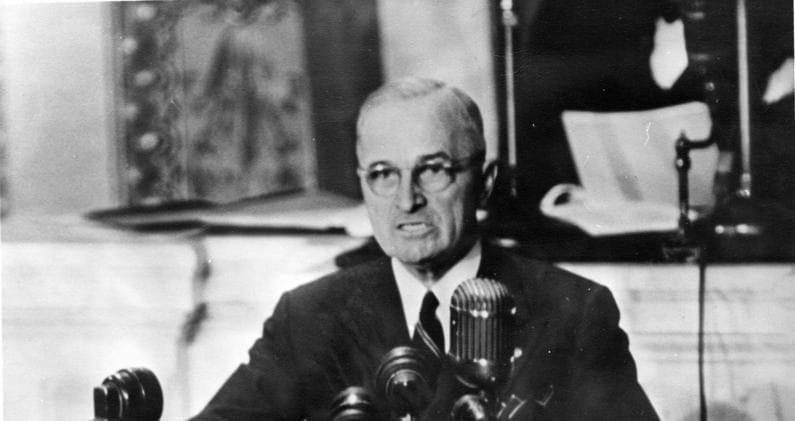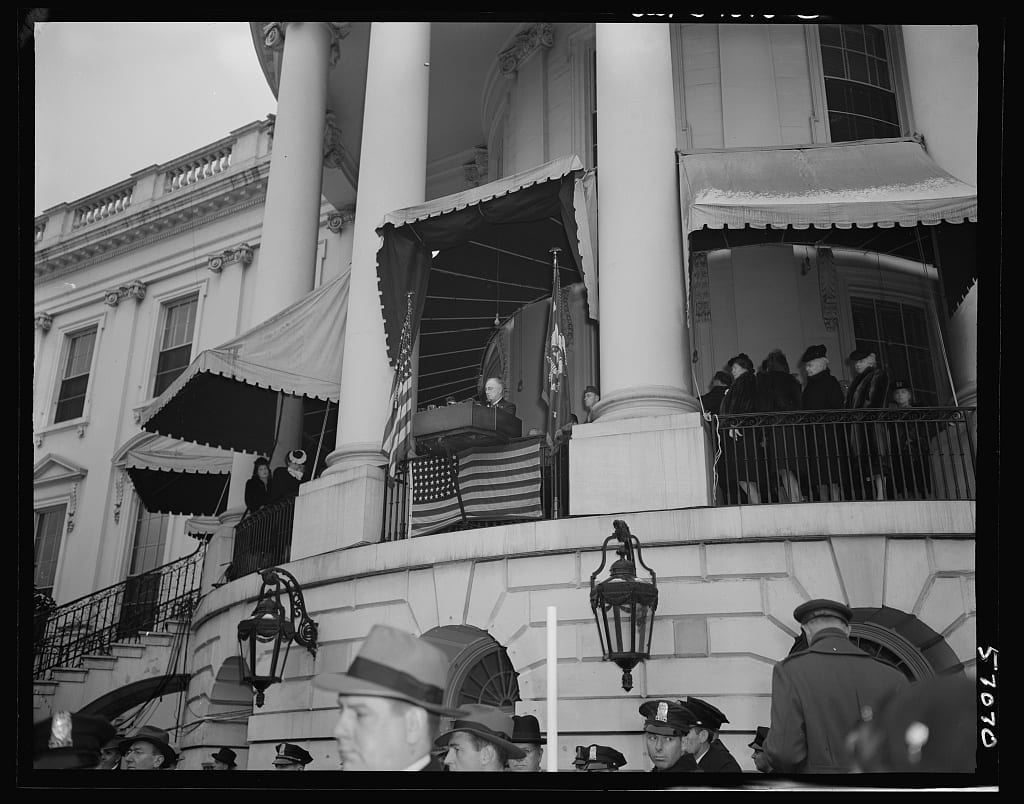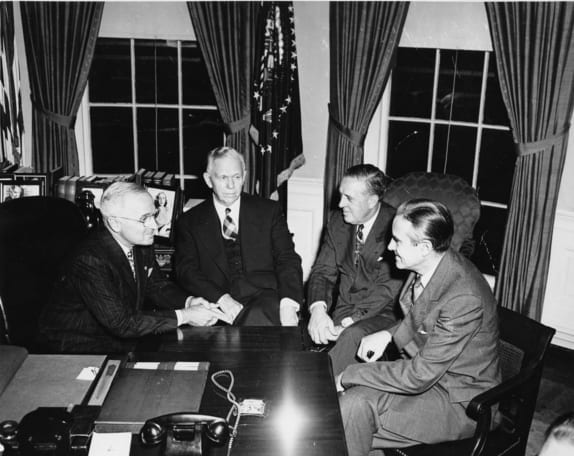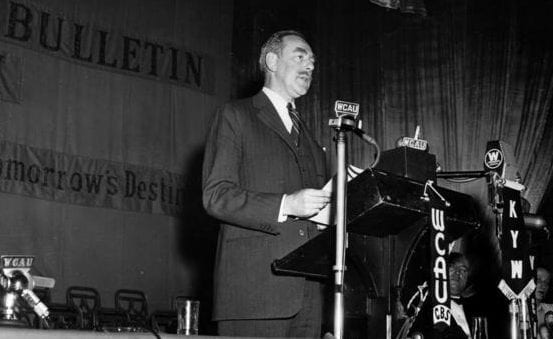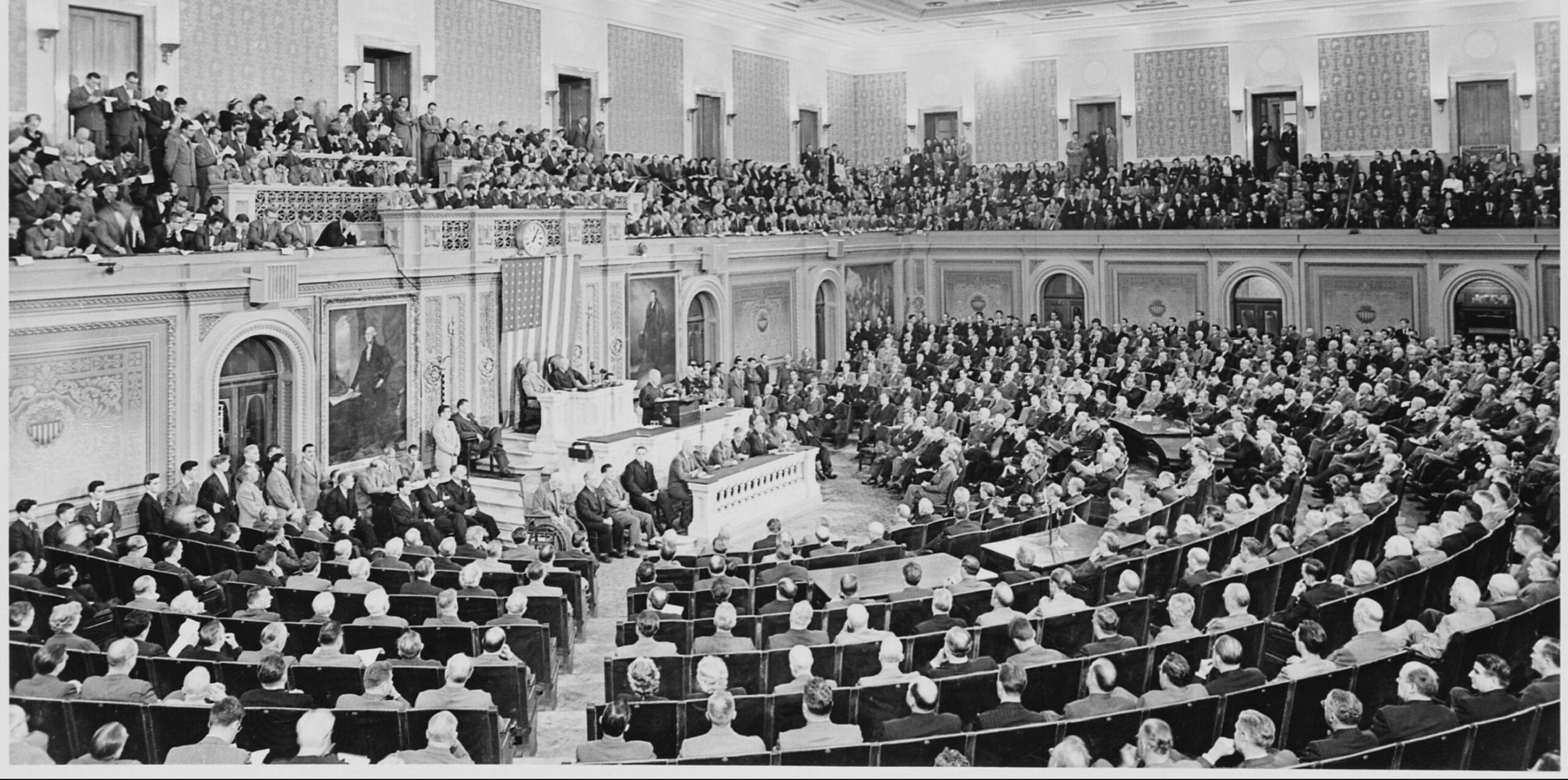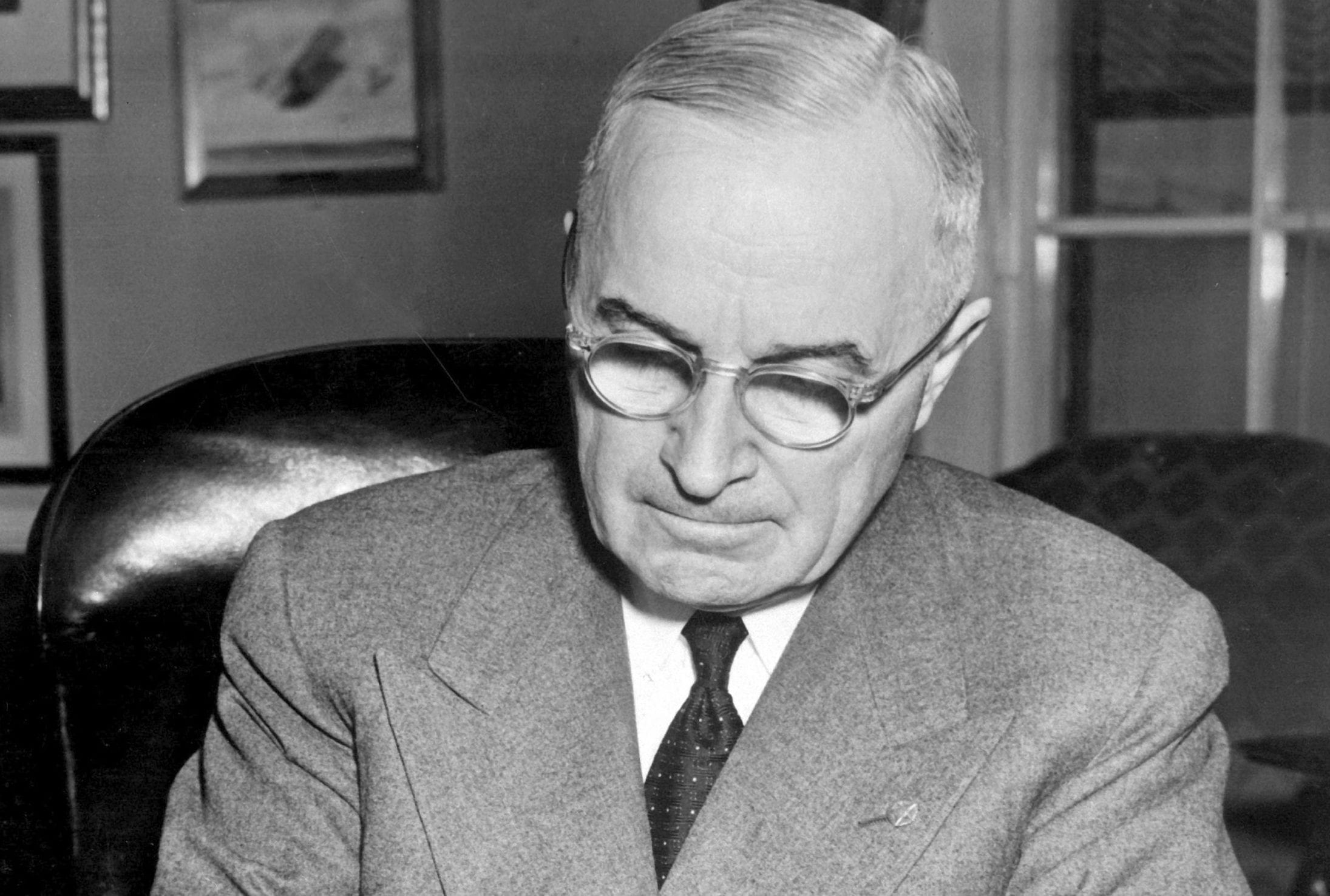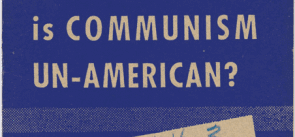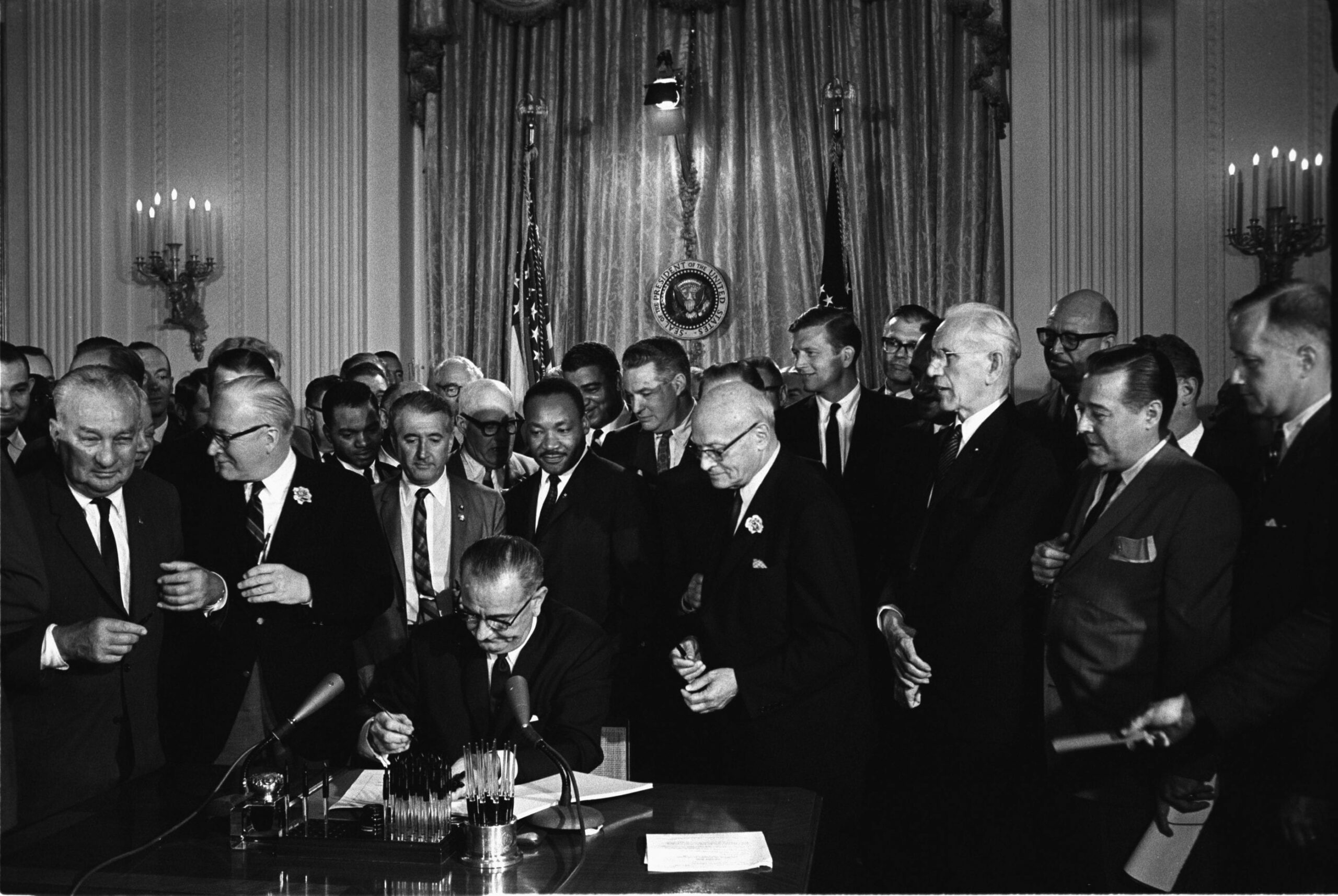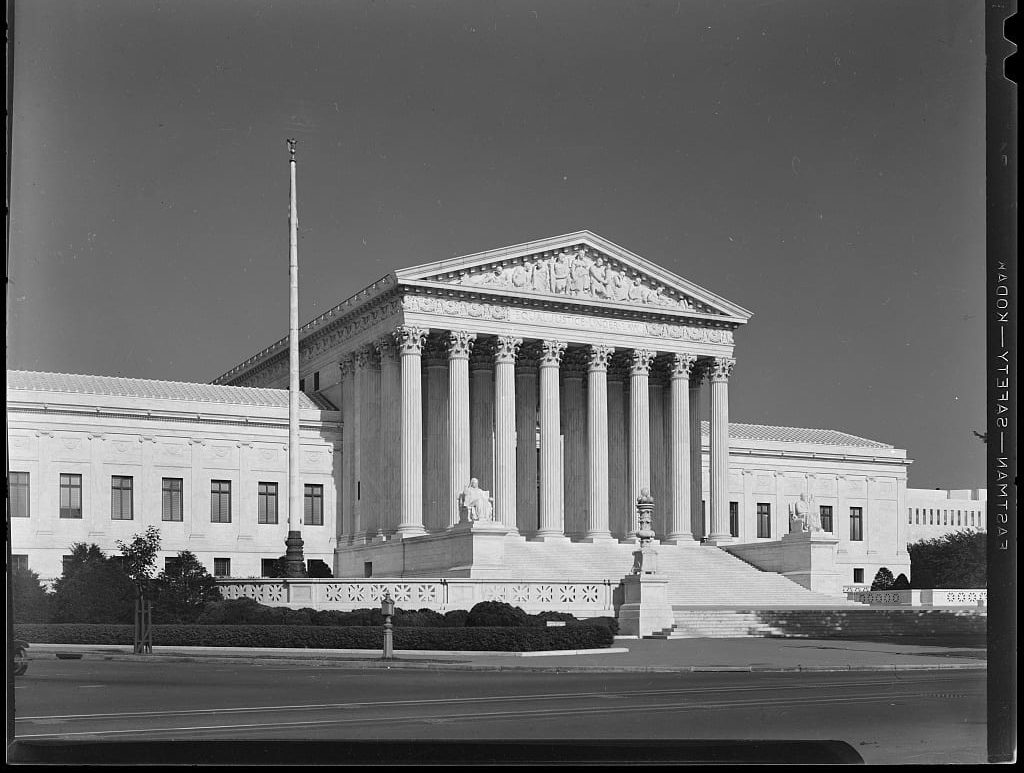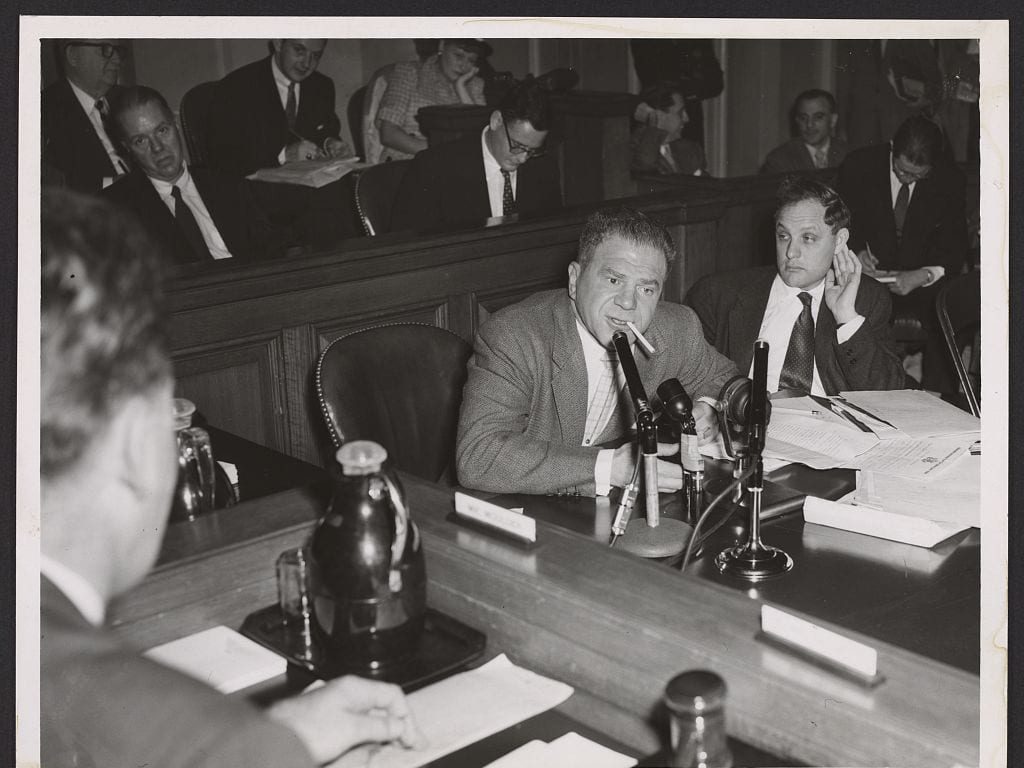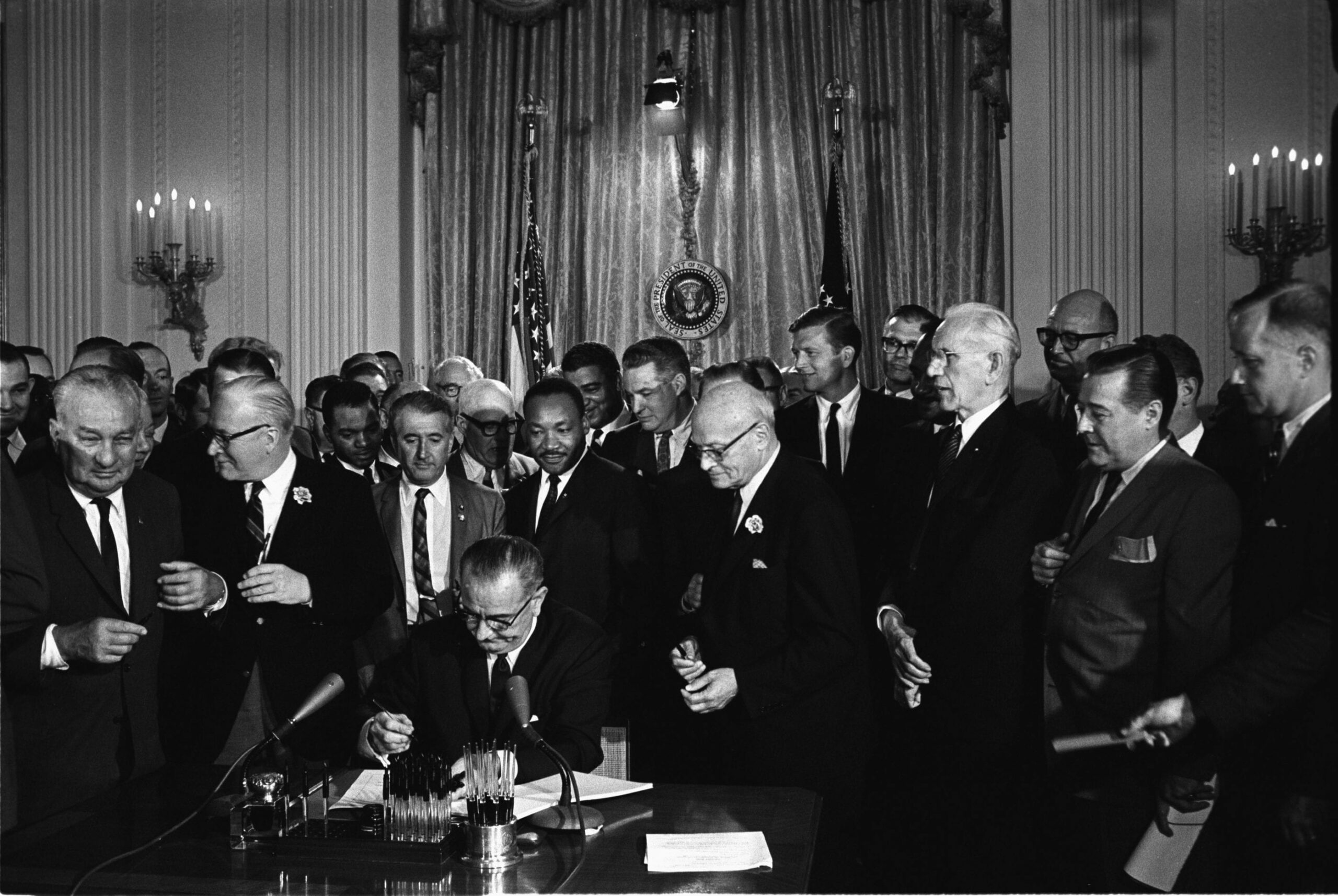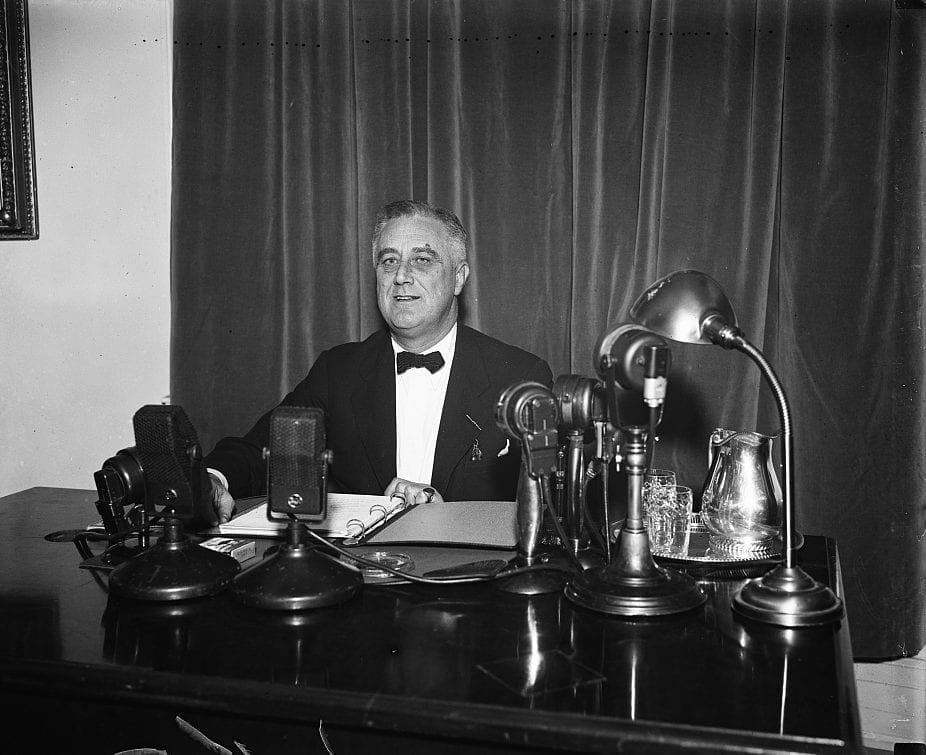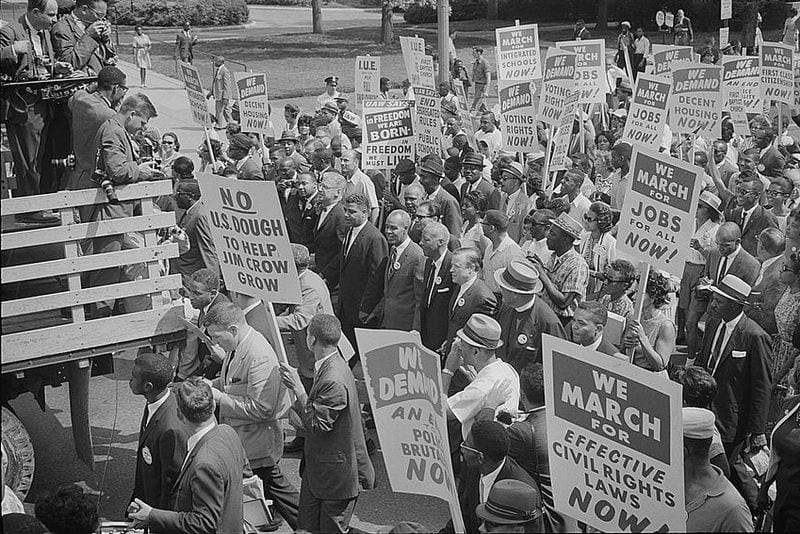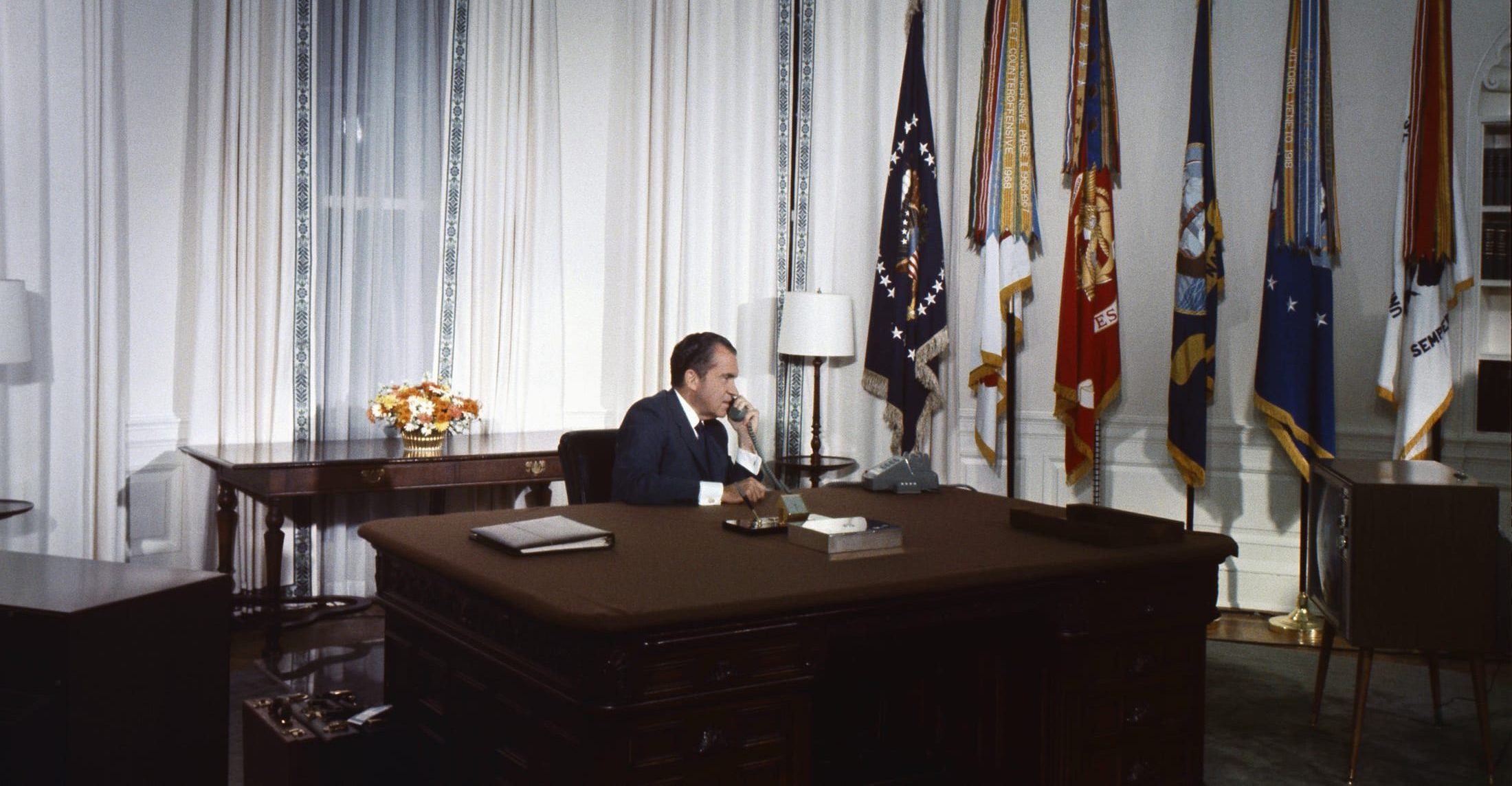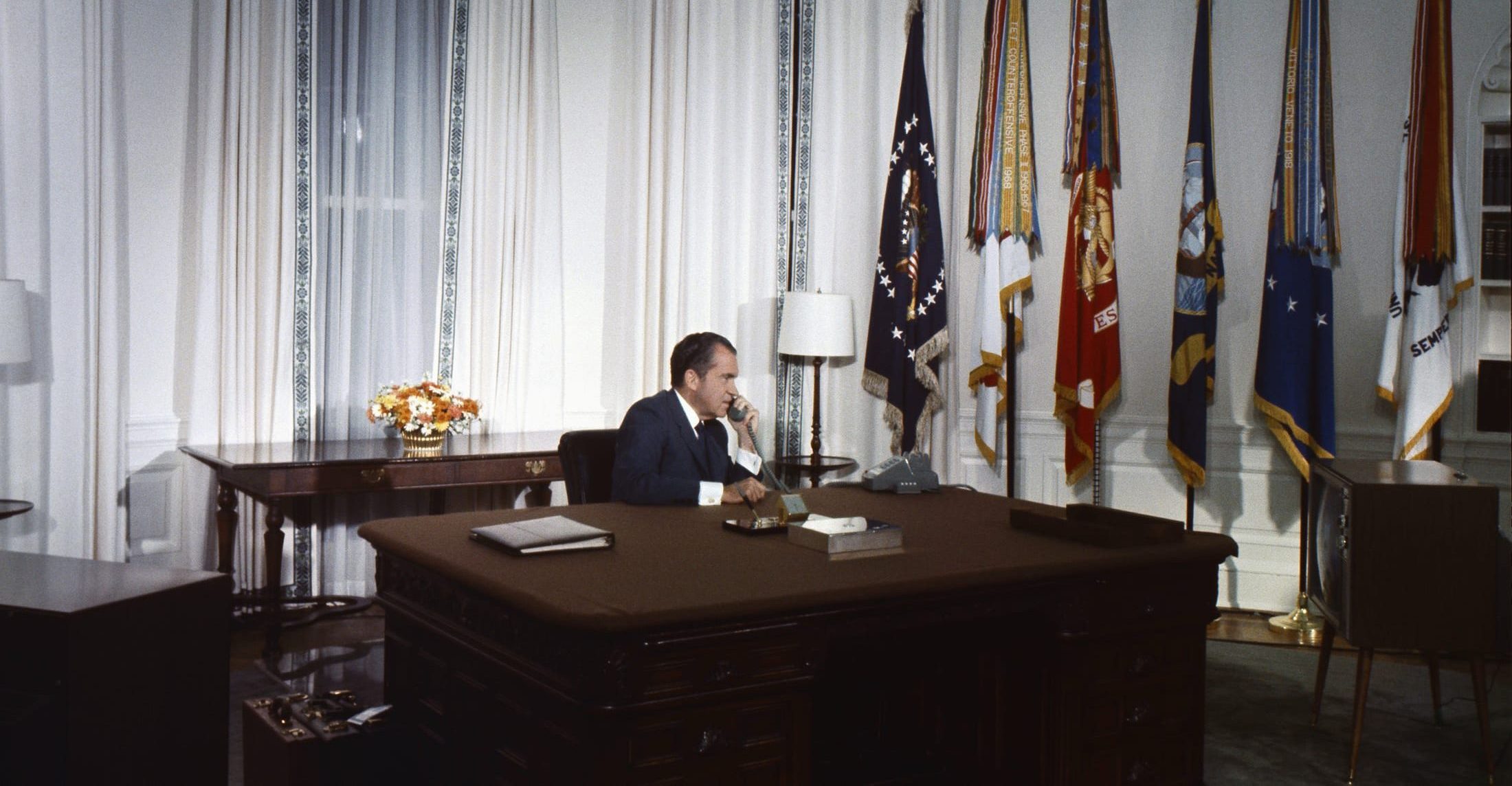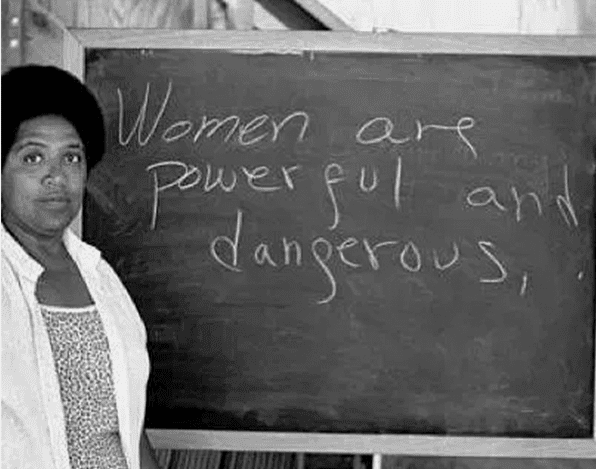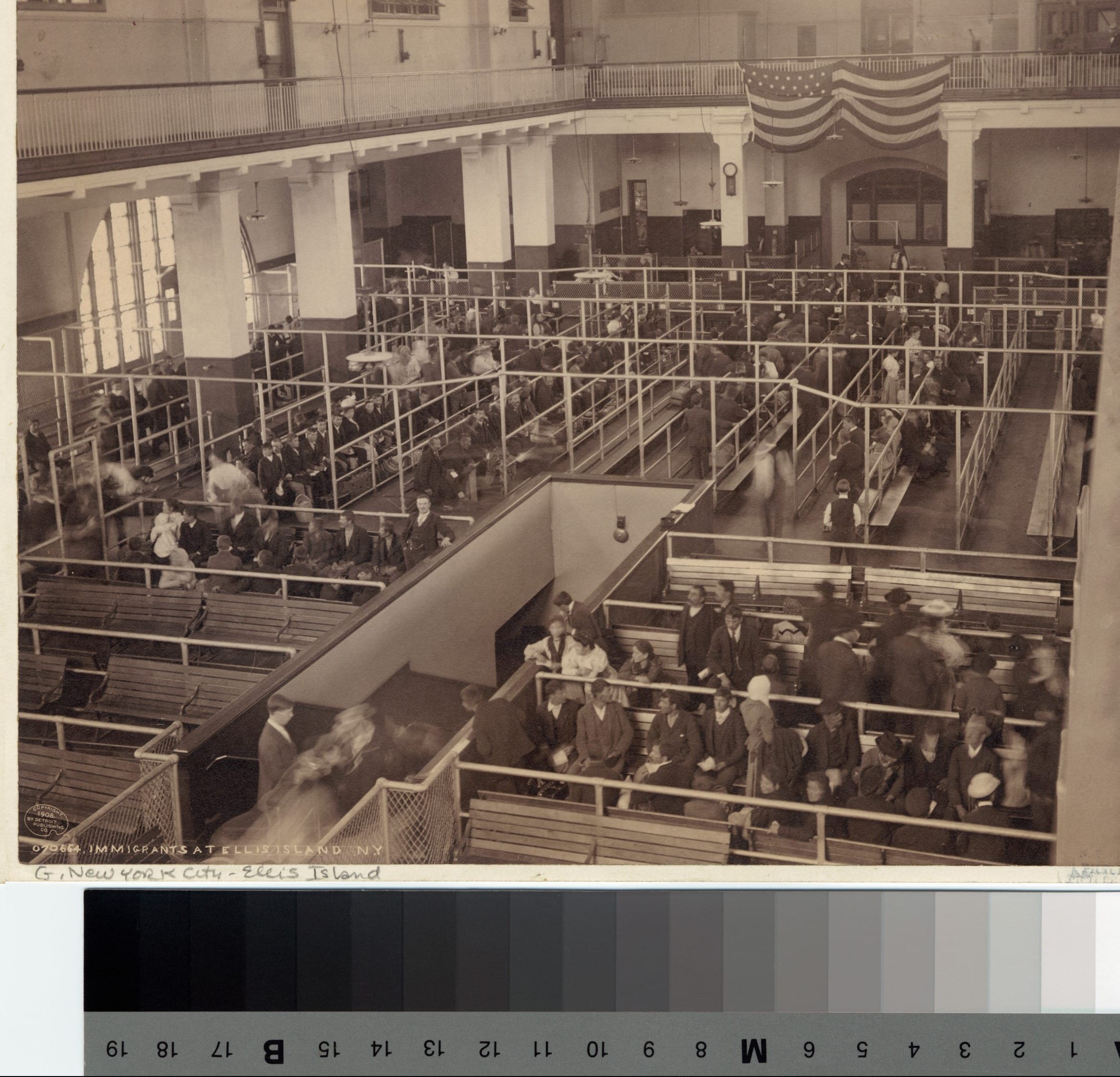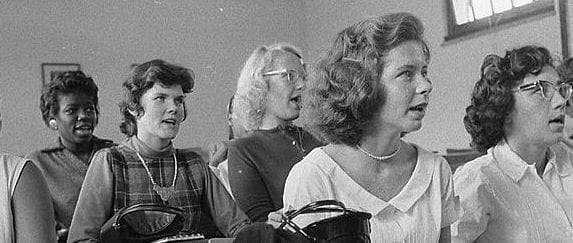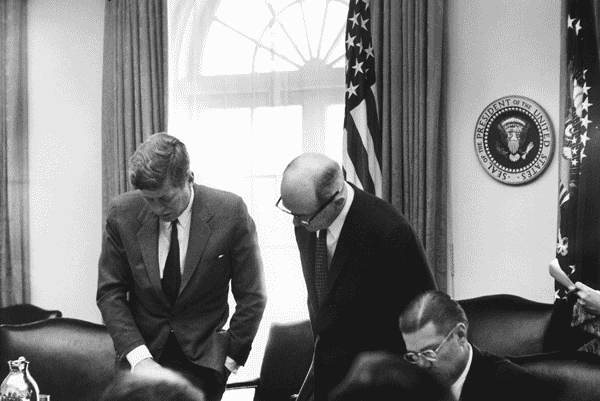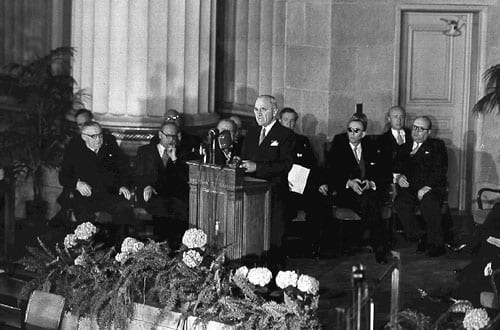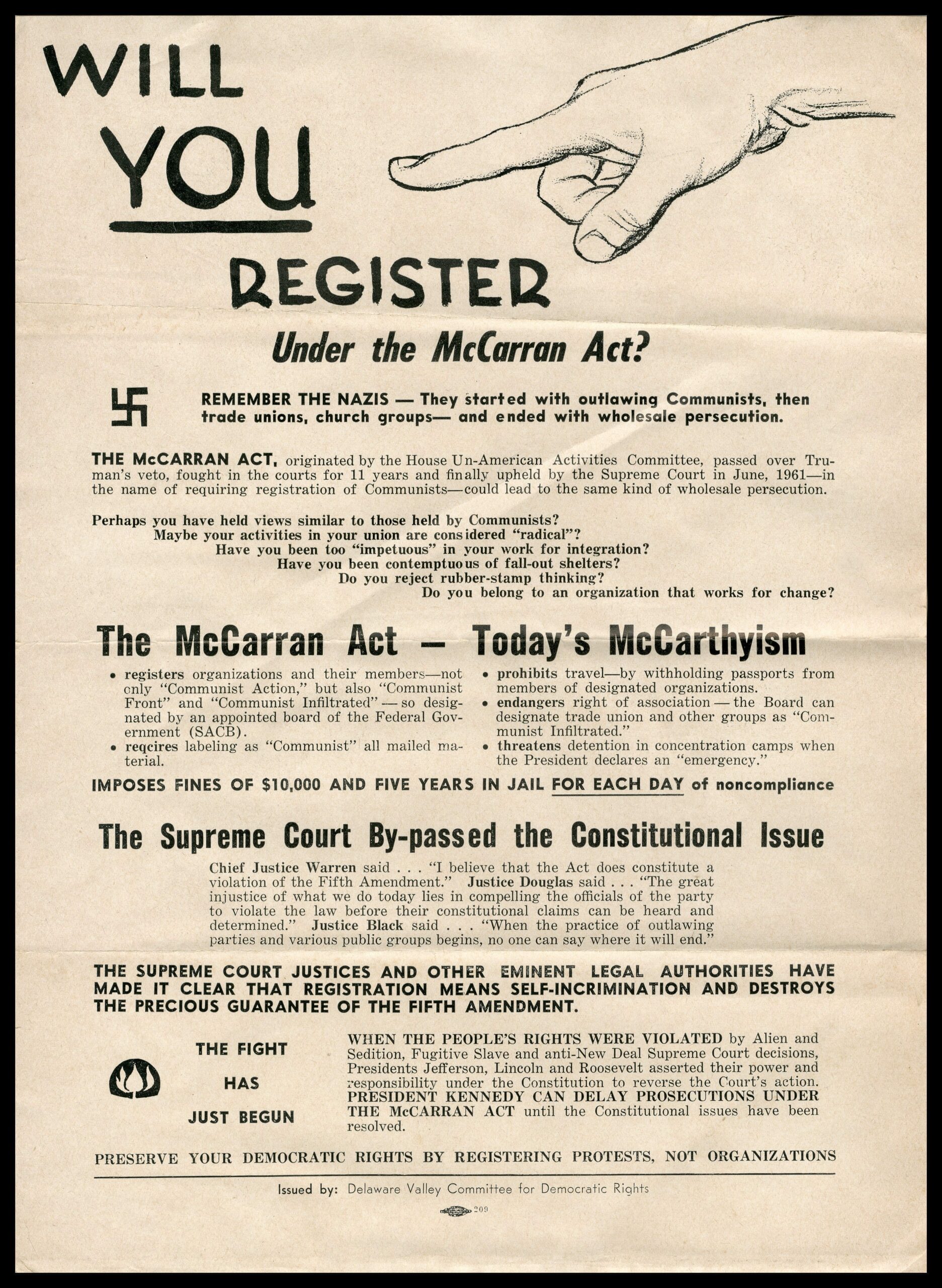Introduction
Roy Wilkins (1901–1981) was the longtime executive director of the NAACP. Born in St. Louis and educated at the University of Minnesota, he worked for a few years as a newspaper reporter and editor in Kansas City and then joined the NAACP staff in 1931. He served as editor of the organization’s official publication, The Crisis, from 1934 to 1949, and became the NAACP’s executive director in 1955. Wilkins directed the NAACP throughout the civil rights era, ending his leadership term in 1977. He was among the principal organizers and speakers at the March on Washington.
In the present selection, Wilkins responds to the radicalization and factional division in the black freedom movement in the later 1960s.
—Peter C. Myers
Source: Talking It Over with Roy Wilkins: Selected Speeches and Writings (Norwalk, CT: M&B Publishing, 1977), 66–67.
In California one gets the impression from spokesmen and apologists for militant elements that a little voluntary racial segregation might not be a disaster.
The so-called settlement of the four and one-half months of strife at San Francisco State College1 is spurring discussion. It leaves the students with less than they sought and much less public support than they had in the beginning.
Once the door to the policy of official, imposed racial separation is opened, the darkness begins to descend. Particularly is this true in nations where the non-whites are a small numerical minority and a still more vulnerable economic and political minority. Also, where the whites have control of the government machinery and can enact legislation and execute policies that can rivet tactical inferiority upon a whole people.
The United States is just emerging from many generations in which inferiority was imposed upon Negro citizens. Those black youngsters who today are seeking absolute blackness in all things don’t know, of their own experience, what racial segregation can do to a people. They think they know. They read an account of the workings of segregation in this or that instance. Their eyes flash and their fists clench, but they are still reacting to but one tiny facet of enveloping apartheid.
If Negro young people are truly students of their race’s present position, and not merely hellraising opportunists riding the currently popular bandwagon, they will take a look at the proposed constitution for Rhodesia.2 This is a clear example of what those in control of government can do to enforce inequality. Rhodesia has racial segregation in capital letters.
In fact, racial separation is the basic requirement for control. The Rhodesian constitution is designed to ensure that there will “never” be black rule in the nation. The prime tool is separate lists of voters. The black list (no pun intended) can elect only sixteen out of sixty-six members of parliament; the other fifty would be elected by non-blacks. The difficulties of blacks in urging or opposing government policies are crystal clear. They can throw rocks, but they cannot control government.
Racial segregation, preached and urged by a youthful minority of Negro Americans, can be the means of plunging their race back behind the barbed wire of restriction, inferiority, persecution, and death to both the spirit and the body. The black youth of today owe it to themselves to study the appalling effects of segregation. When one asks for a little bit of it in order to go off in a corner and counsel together, one asks for the whole bit.
There are individuals (millions of them) and organized forces in the nation itching to respond to the disruptive clamor of Negroes themselves for separation. One day it will be separate, all-black studies centers. The next it will be not only a quota system on jobs, but one on the types of jobs in separate black buildings under black bosses. Then it will be separate (and inferior) schools and residential areas (like South Africa) and the completely separated elective offices so that the impact of a black bloc within a predominantly white party will be nil. Not humanity against evil. Just white against black.
There are many flaws in the present system. They cry for overturning. But the surest way to postpone their downfall is to split into skin-color camps, into enclaves motivated by national and religious myths and hatreds.
If Negro youth will think beyond their understandable frustration and their impatience with their elders, they will surely realize that they cannot commit suicide by opening Pandora’s box of racial separatism.












